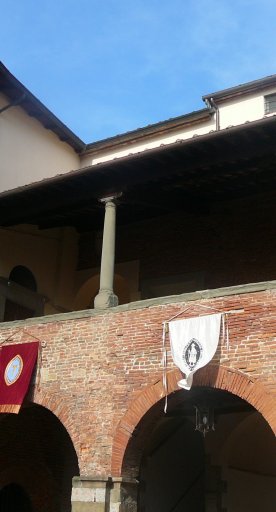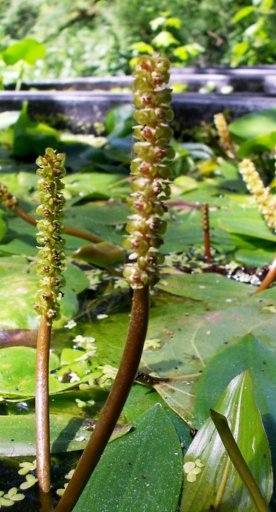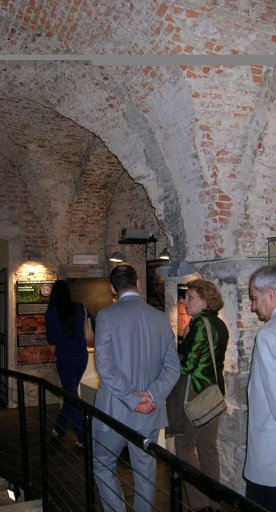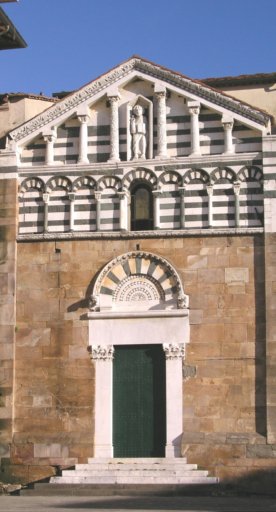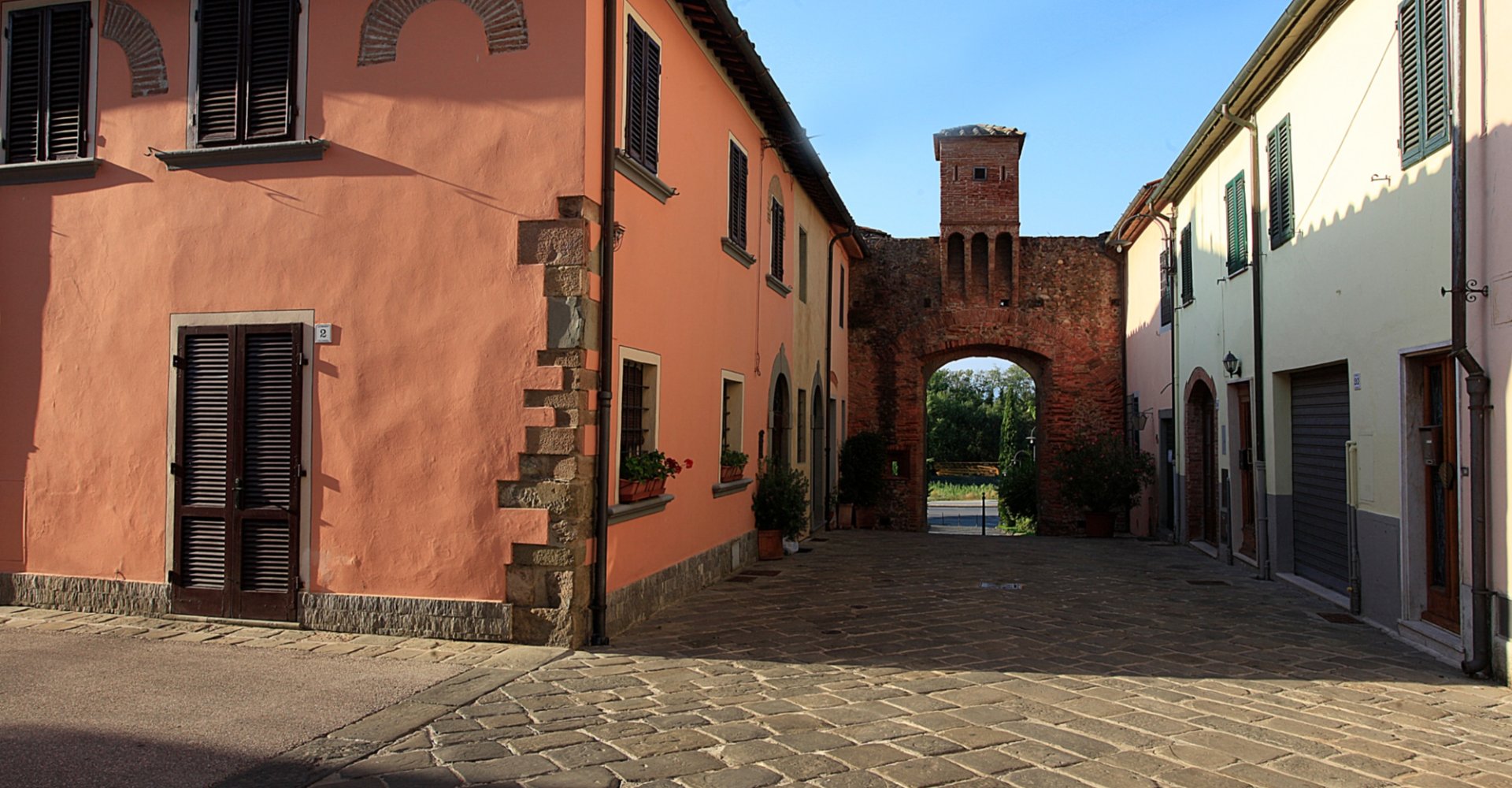
Walls of Altopascio
A historic complex perfectly integrated with modern homes
The history of Altopascio and its walls go hand in hand with the building and political evolution of the Ospedale (hospice) and the ever-increasing number of pilgrims who came to the territory of Altopascio along the Via Francigena.
The walls surrounding the village were founded in the mid-late 11th century and have spanned the centuries, undergoing various alterations over time and expanding and modifying until they became integrated with the houses and united with the town itself which incorporates a large part of it. An imposing stretch of the north side of the town is still clearly visible, where the original crossbow slits can still be seen.
Originally, the sturdy walls together with the hospital, bell tower and the church of San Jacopo had the appearance of a small fortress. The first fortification would have been built at the time of the foundation of the Spedale (Domus Hospitalis Sancti Iacobi de Altopassu), which took place along a major transit route. Subsequently, several gates were opened to facilitate the flow of pilgrims: the Fiorentina or porta dell'osteria (today Porta Vettori), the Pesciatina or porta del mulino (today Porta dei Mariani), Porta degli Ospedalieri, Porta della Torre Campanaria or the Campanile (which was later demolished), porta del Padule door and porta del Giardino. Additionally, entrances were set up and defended by towers, all incorporated into the buildings with the exception of the Bell Tower which still bears the historic symbol of the Knights of the Tau carved into the stone of the outer wall.
An interesting fact about Porta Mariani is that it was called Porta Pesciatina or Porta del Mulino because it led to the mill and the road to Pescia. The mill was owned by the hospice and was powered by a water system that took water from the Sibolla lake, now the Sibolla Lake Nature Reserve, and from the Collodi Pescia.
